Whether you’ve ever liked them or not isn’t really the question. No, it’s way more about a broader cultural influence and the lasting impact Sonic Youth has had on many young minds during one of the most significant transition periods in rock music, and then well beyond.
Founded way back in 1981, SY featured a simple cast: Thurston Moore on guitar and vocals, Kim Gordan on bass and vocals, and Lee Renaldo also on guitar and vocals, with Steve Shelley and Jim O’Rourke, and others, filling in during various periods. Moore, Gordan, and Renaldo being involved during the entirety of the band’s impressive run.
Pioneering a music genre that is now called “post punk” or “noise rock”, SY exploded from a void that was created when UK punk began self-destructing and the New Wave movement becoming more of a trendy pop sound. Ground zero for SY being the gritty New York music scene with bands like Velvet Underground, The Stooges, and Minor Threat being early influences. Far removed from the West Coast punk scene that had taken hold and a bit more complicated musically than the true UK punk genre, the SY sound was at the same time very raw. Noted music writer Michael Azerrad said this, “Sonic Youth could only afford cheap guitars, and cheap guitars sounded like cheap guitars. But with weird tunings or something jammed under a particular fret, those humble instruments could sound rather amazing – bang a drum stick on a cheap Japanese Stratocaster copy in the right tuning, crank the amplifier to within an inch of its life and it will sound like church bells.”
As we know, youth culture yearns for rebellion and often finds it in music. SY was pitch-perfect to the youth of the period looking for something new.
What’s truly amazing is the length of the band’s relationship. Together from 1981 to 2011 – 30 years is a hell of a run by any measure – but what’s even more amazing is the output of innovative music that was produced. Another point of note being the ability to transition from the album/tour model of the late ’70s/early ’80s to the festival/Internet era of the late ’90s and into the early aughts. SY headlined some of the bigger modern music festivals while also remaining true to the band’s core principals.
Perhaps that’s what made them so unique?
Never really a huge success financially, culturally this band had more influence than bands of much more commercial stature. For whatever obscure reasons, or even any of the obvious ones, surf culture grabbed on hard and SY was featured in numerous videos over the years. Various Volcom projects, a few Kai Neville’s films, and others used the fast, raw and unapologetic sound to set up a similar artistic direction being presented by the young cinematographers of the day. Although much of the catalog had been recorded before most of us were even old enough to get it, the music of Sonic Youth still very much resonates today.
It just fit.
Still does.
Enjoy.
What Youth

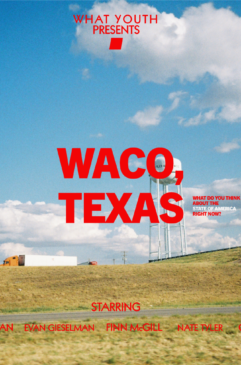

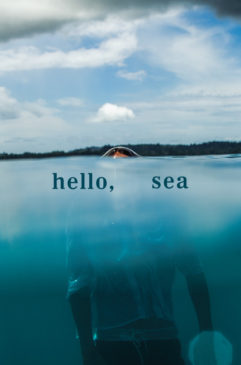
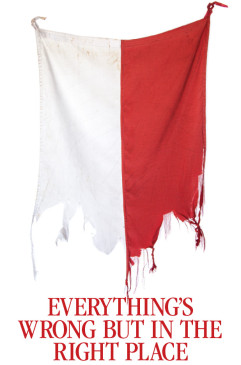
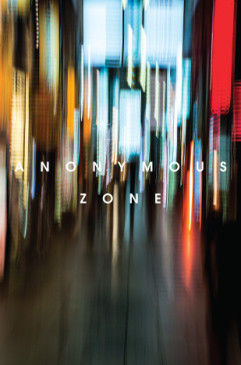
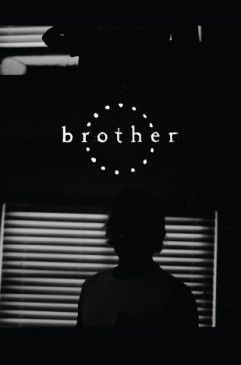
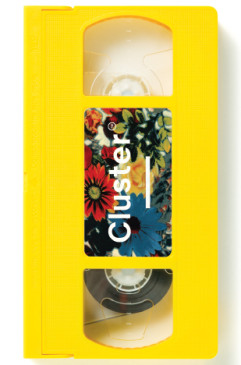

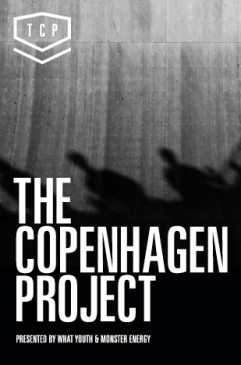
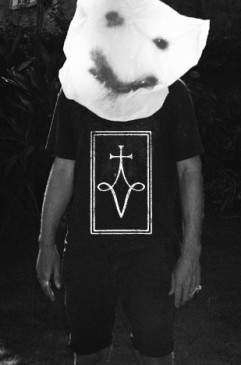

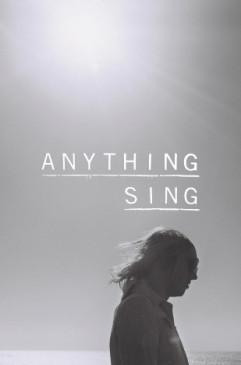


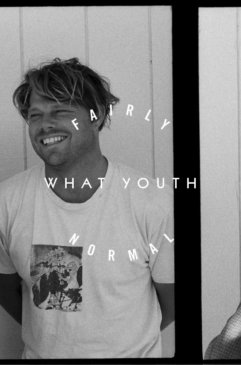
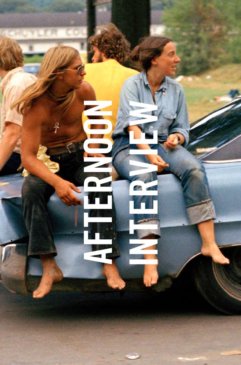


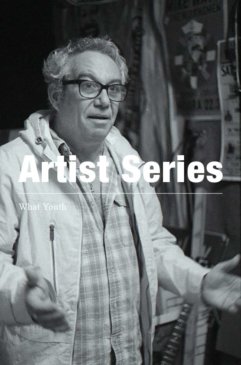




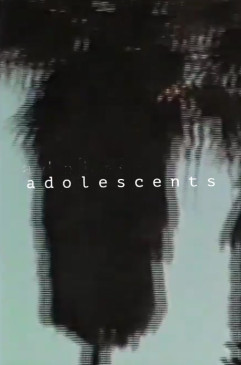
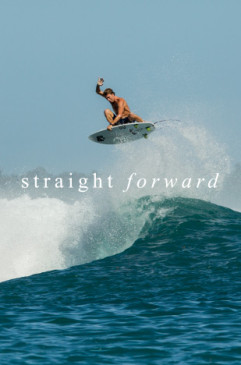
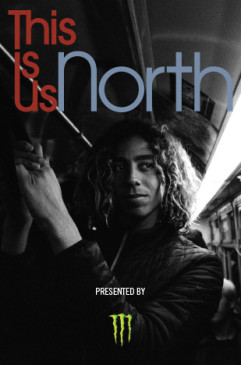

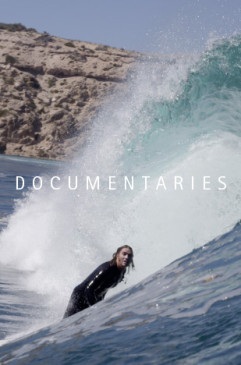
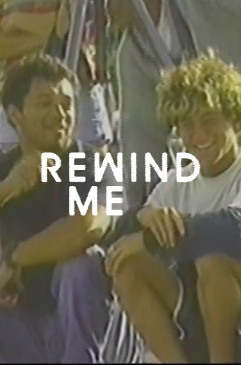
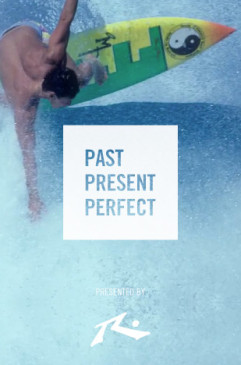

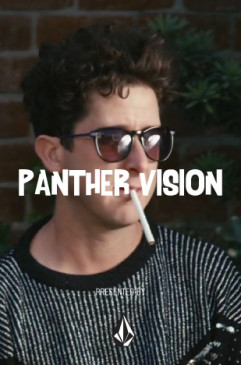
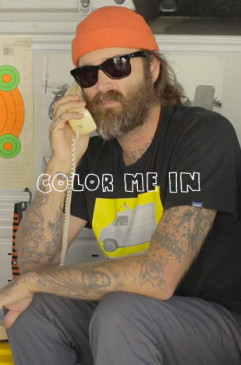
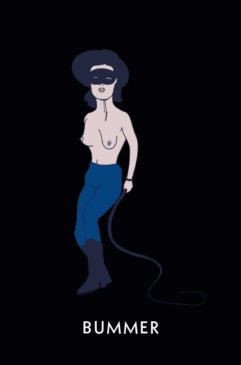
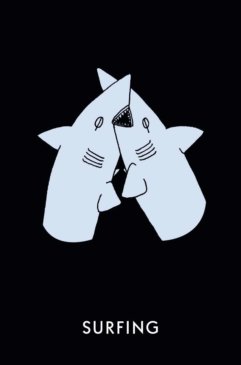
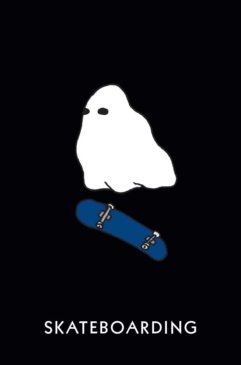
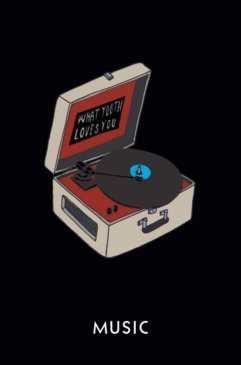

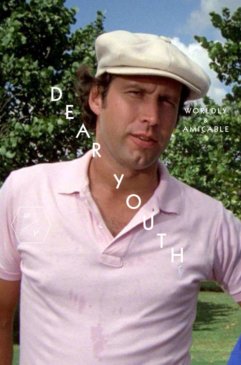








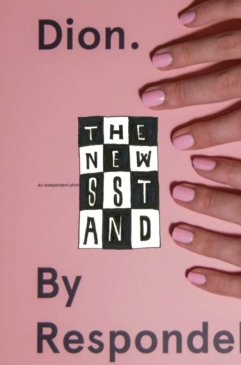
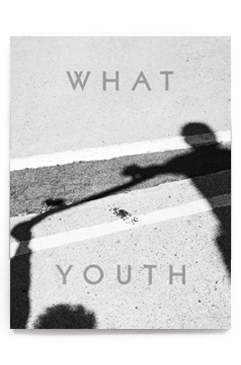
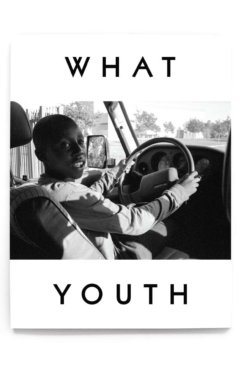
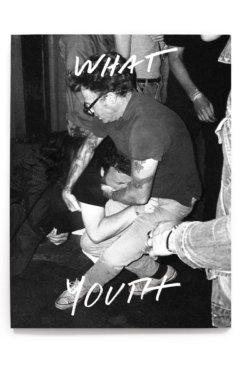
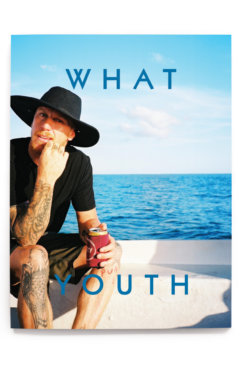
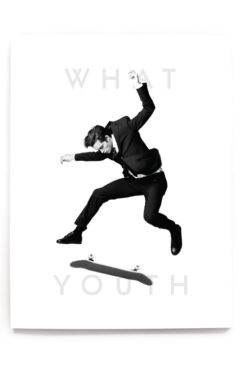
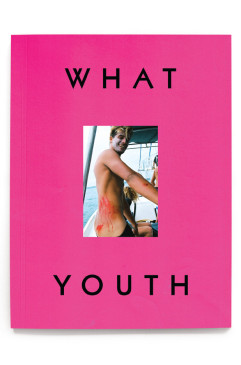
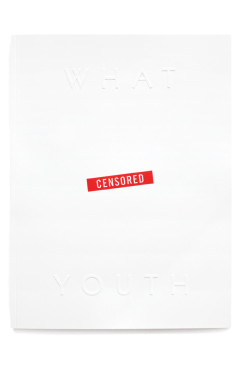
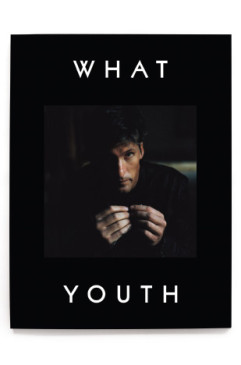
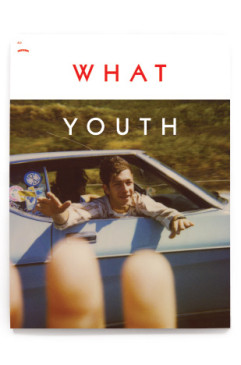
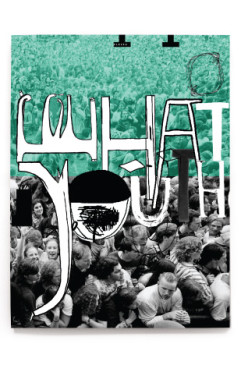
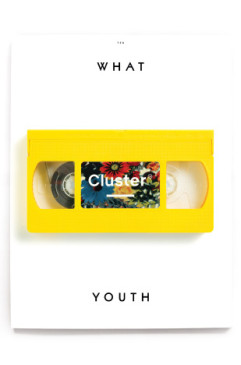
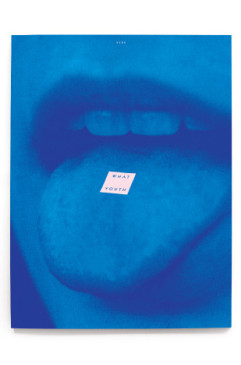
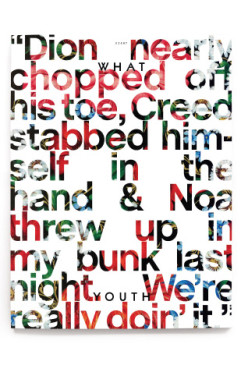


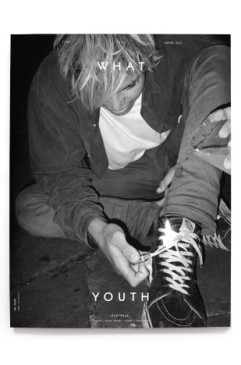
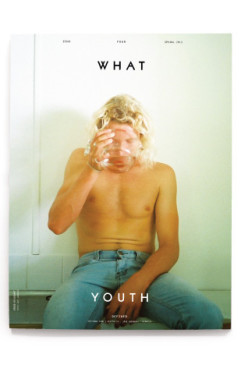
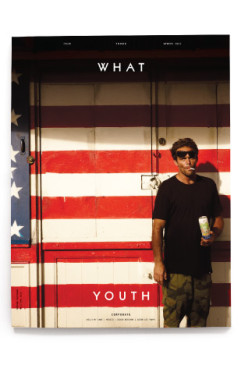
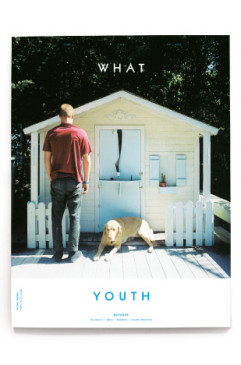

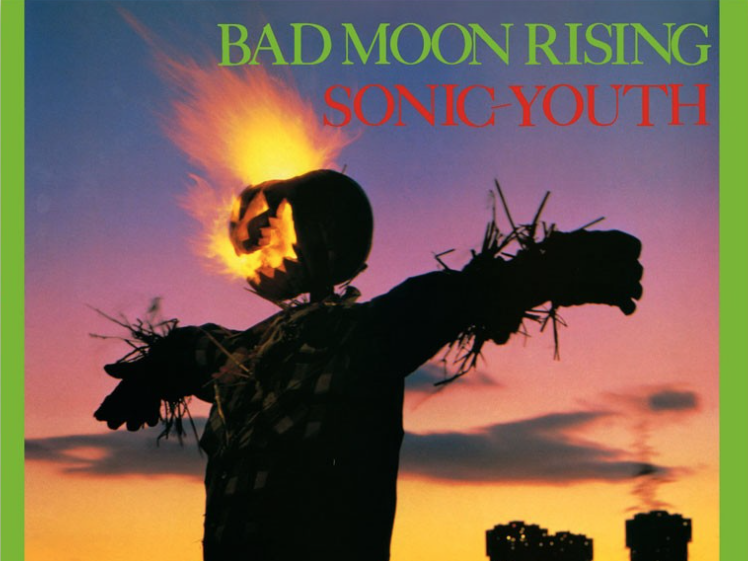
 NXT
NXT 







